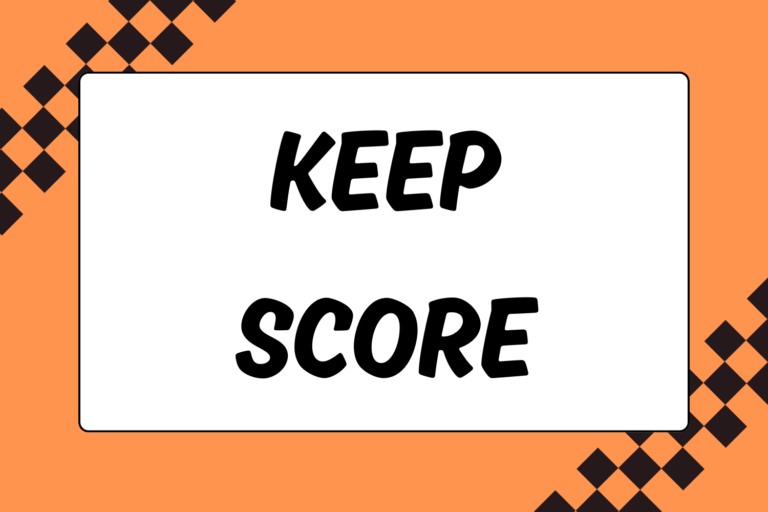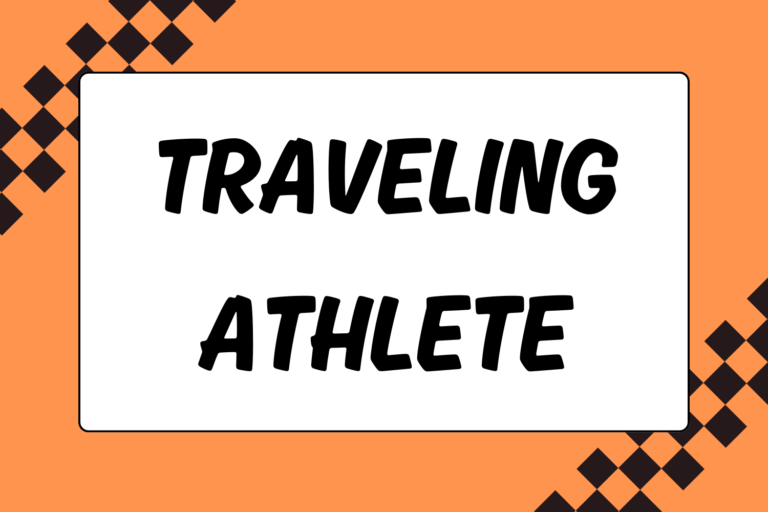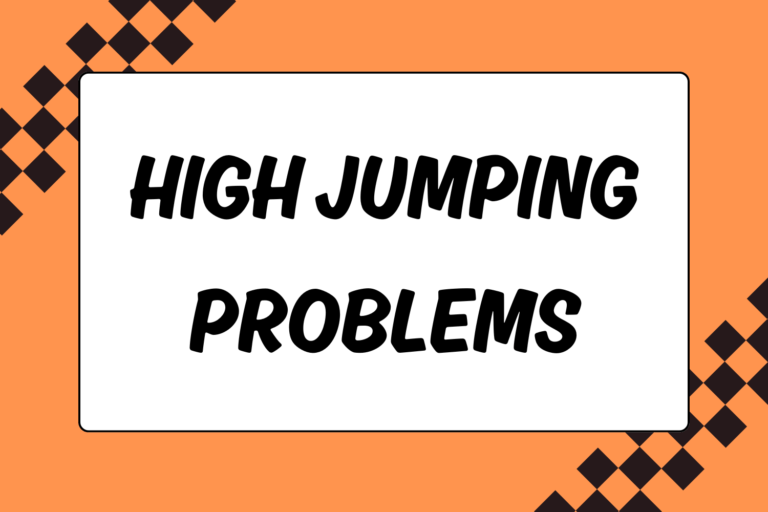The first day of track practice is approaching and you are not sure what to bring. You have a pair of running shoes…but what else do you need? Do you have to right kind of workout clothes? Is a water bottle necessary? Well worry no longer. We have put together a list of 10 important items every track and field athlete should have, no matter what the event.
This list is expecially useful for athletes new to the sport; use it as a starting point, and add items as you see fit. It can also be used as a general checklist—post it in your room, locker or bathroom and review it before you head out the door. This way, you’ll never have to worry about forgetting any of the track & field essentials.
1. Running Shoes
Whether you are a field or a track athlete, you will need a good pair of running shoes to get you moving. Find a shoe that fits your body and foot type by going to a store that specializes in track and field gear. These stores sometimes offer better deals and employ people who specialize in the needs athletes. You will also have the opportunity to run in the shoe to make sure it is comfortable.
If you do not have a store near you that specializes in track & field gear, go online and read reviews on what other athletes think is a good fit. Buy from a website that will let you send back its gear if it does not fit properly.
2. Event Shoes/Spikes, Pins and Spike Key
Each event demands something different from the athlete’s footwear: throwers need shoes that will allow them to spin in a ring; jumpers and sprinters need spikes that are light but able to grab the track; distance runners need shoes that are also light but offer enough cushion to support their joints as they run lap after lap. That is why you will also need a spike or shoe made specifically for your event. Specially designed shoes will help you perform better, prevent injury and give you the support you need at competition.See our guide on “How to Choose the Right Shoe” for some tips on finding your best fit.
In addition, jumpers and sprinters will need spike pins and a spike key. Spike pins are screwed into you spikes to give you a better grip of the track. A spike key will help you take out or tighten your spikes. Put the pins in a small bag along with your spike key so it doesn’t roll around the bottom of your gym bag.
3. Water and a Sports Drink
Besides your shoes, a bottle of water is the second most important thing you need in your gym bag. Always have a bottle of water with you. Your body will thank you during and after practice for staying hydrated. For an extra boost, carry a sports drink like Gatorade to help replenish those much needed electrolytes.
4. Spike Bag
Spike bags are designed to carry your workout shoes and/or spikes. It usually has a drawstring at the top and is light and easy to carry around. Some also have a pocket on the outside to put your spike pins. The bags are relatively cheap and are sold at most shoe stores.
5. Workout Clothes
Track and field is about being as fast or as agile as possible, so put away the baggy sweats and get a workout outfit that will allow you to move. You don’t need to wear spandex like the pros, but you do need to wear clothing that is light and flexible.
Look for track pants instead of sweats. Wear long sleeve shirts instead of bulky sweaters or put a t-shirt over a long sleeve spandex shirt. There are a number of different shorts available in different lengths depending on your comfort level. Above all, make sure you can bend, twist, turn and run comfortably in your apparel.
6. Nutrition Bar
Keep a nutrition bar handy in case you are hungry before, during, or after practice. You never want to fill up on fatty foods, and if your energy level is low a nutrition bar can give you a healthy boost.
7. Garbage Bag
The outdoor track season begins in the spring—the rainy season. Bring a garbage bag with you to cover your things just in case there is a sudden downpour.
8. A Digital Watch
Track and field is all about timing—runners time their runs and splits, while throwers and jumpers have to keep track of their limited time on the runway or in the throwing ring. So whether it costs $10 or $150, make sure you buy a digital wristwatch. The displays are easy to see and it is always handy to be in control of your own workout.
9. Notebook and Pen
Have a notebook that is dedicated to documenting your training and season. Use it as a training log to write down your workouts, keep track of your running times, throws or jumps and jot down your goals and concerns. This will help you keep your thoughts organized and allow you to review and reflect on the ups and downs of your season.
10. Odds and Ends:
These are sport-specific items that come in handy for certain events:
- Sports tape: It is usually used to help stabilize ankles, wrists and fingers that are prone to injury. But you can also use sports tape as a marker on the runway or track. It is safe because it comes off easily without damaging the track’s surface. Some pole vaulters will also use sports tape to help with their grip on the pole.
- Grip tape: This tape is specifically made to help pole vaulters with their grip of the pole. It is cloth-like with a rubber adhesive and is sticky on both sides.
- Chalk: Throwers and pole vaulters will usually use chalk to help them grip their implements.
- Half a tennis ball: It can be used as a marker for jumpers on the runway because its neon colors makes it easy to spot.
Only the Start
There are definitely not the only things you should have on hand, but they are some of the most useful.





